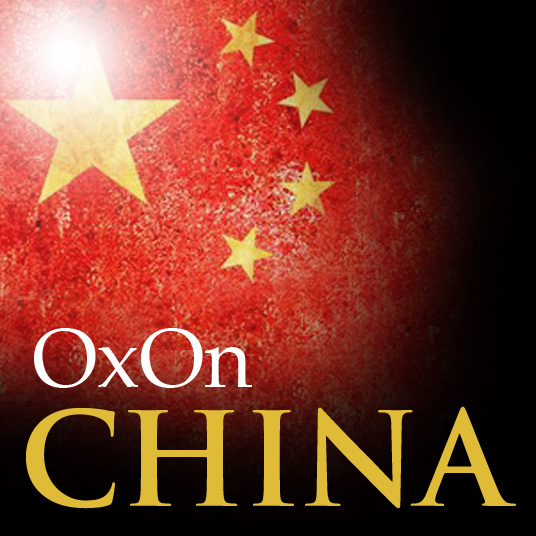
China’s War with Japan, 1937–1945: The Struggle for Survival. By Rana Mitter. Allen Lane; 458 pages; £25. To be published in America in September as “Forgotten Ally: China’s World War II, 1937-45” by Houghton Mifflin Harcourt; $30.
AS JAPANESE troops advanced on the Chinese capital of Nanjing in 1937, Zhou Fohai, a senior official in the Chinese government, wrote in his diary of the panic and fear consuming the city. He anticipated the destruction and its implications for his nation: “China will have no more history,” he wrote.
The devastation that the Japanese invasion would wreak was indeed shocking. But as Rana Mitter shows in his illuminating and meticulously researched new book about the Sino-Japanese war, not only did Chinese history not end with the fall of Nanjing, but in many ways the war helped to create modern China. It was the anvil on which the new nation was forged.
Other historians point to the arrival of British gunboats in the 1830s, when industrialising Europe collided with ancient China, as the dawn of China’s modern age. But Mr Mitter, a professor at Oxford University, believes that the country’s war with Japan was more important because it reduced China to its weakest state. “Suddenly the circumstances of war made the concept of the nation, and personal identification with it, more urgent and meaningful for many Chinese.”
Mr Mitter may disappoint military wonks hoping for a blow-by-blow account of every skirmish. But this is not a military history. It is about the Chinese experience of war, the origins of the modern Chinese identity and the roots of a relationship that will shape Asia in the 21st century. It is about China’s existential crisis as it tried to regain its centrality in Asia.
It is also a story, pure and simple, of heroic resistance against massive odds. China is the forgotten ally of the second world war. For more than four years, until Pearl Harbour, the Chinese fought the Japanese almost alone. France capitulated in 1940, but China did not. Its government retreated inland, up the Yangzi river to Chongqing (Chungking)—a moment that would later be described as China’s Dunkirk (pictured). From there it fought on—sometimes ineptly, often bravely—until victory in 1945.
To continue reading, please click through to the website of the Economist. A portion of this review is republished with the permission of Dr Mitter and the Economist.
Rana Mitter is a Professor of the History and Politics of Modern China and a Fellow of St Cross College, Oxford. He is one of the editors of our series, OxOn China.








No Comment